What is That Miyoko Asagaya Feeling about?
Status: Finished
Miyoko Asagaya KibunGuntou
Burai no Omokage
Asagaya Shinjuu
Pistol
Kawa
Shizuka na Pink
Rakkasan
Renai
Kiss
Tags: Anthology , Autobiographical
Where to read?
No reading links available
Here is a list of Manga similar to Miyoko Asagaya Kibun
Flight
Status: Finished
Genres: Psychological
In 1965, still a high school student, Tsurita made her debut as the first newcomer of the newly published Garo. Through her science fiction shorts, she delved into surrealism, capturing the zeitgeist of the 1960s, before later succumbing to the incurable disease SLE (Systemic Lupus Erythematosus). This work contains Tsurita's works from her debut to the last years of her life as well as a detailed chronology of her life, with a "Kuniko Tsurita Yearbook" at the end.
Included Stories: Hitobito no Maisou (人々の埋葬) Kamigami no Hanashi (神々の話) Nonsense (ナンセンス, Nonsense, 1966-10) Onna (女, Woman, 1966-11) Konna wa (こんな話) Anti (アンチ, Anti, 1967-02) Ikiru Tame no Tousou (生きるための闘争) Agaki (あがき) Jin Roku (ジンロク, Mr. Jin Roku, 1967-07) Rokunomiya Himeko no Higeki (六の宮姫子の悲劇, The Tragedy Of Princess Rokunomiya, 1967-08) Eikou e no Dasshutsu (栄光への脱出) Kyoujin Nikki (狂人日記) Madame Haruko (マダム・ハルコ) Oto (音, Sounds, 1969-03) Aru Kame no Hanashi (ある亀の話) Sainan (災難, Calamity, 1970-07) 65121320262719 (previously unpublished, 1970) Boku no Tsuma wa Acrobat wo Yatteiru (僕の妻はアクロバットをやっている, My Wife Is An Acrobat, 1974-04) Yuko no Hibi (憂子の日々, Yuko's Days, 1974-10) Sora wa Aozora Kumo Hitotsu (空は青空雲一つ, The Sky Is Blue With A Single Cloud, 1974-11) MONEY (Money, 1974-07) MAX (Max, 1975-01) Ton, Ton, Onee-san.... (トン、トン、お姉さん) Gokukan (極寒, Arctic Cold, 1981-05) R (アール, R, 1981-02) Umihebi to Hokuto Shichisei (海蛇と北斗七星, The Sea Snake And The Big Dipper, 1980-12) Flight (フライト, Flight, 1980-03)
Tags: Anthology
Where to read?
No reading links available
Sekishoku Elegy
Also known as Red Colored Elegy. Status: Finished
Genres: Drama , Slice of Life
Uninvolved with the political movements of the time, Ichiro and Sachiko hope for something better, but they're no revolutionaries; their spare time is spent drinking, smoking, daydreaming, and sleeping--together and at times with others. While Ichiro attempts to make a living from his comics, Sachiko's parents are eager to arrange a marriage for her, but Ichiro doesn't seem interested. Both in their relationship and at work, Ichiro and Sachiko are unable to say the things they need to say, and like any couple, at times say things to each other that they do not mean, ultimately communicating as much with their body language and what remains unsaid as with words.
Red Colored Elegy is informed as much by underground Japanese comics of the time as it is by the French Nouvelle Vague, and its cultural referents range from James Dean to Ken Takakura. Its influence in Japan was so large that Morio Agata, a prominent Japanese folk musician and singer songwriter, debuted with a love song written and named after it.
"I wanted to live like Sachiko and Ichiro; to have aspirations even while living stoically and humbly." --Morio Agata
Tags: Seinen , Drawing , Heterosexual , Work , Nudity , Primarily Adult Cast , Suicide
Where to read?
No reading links available
Nejishiki
Status: Finished
Genres: Drama , Psychological
Nejishiki (ねじ式, Screw-Style, The Stopcock), Monthly Manga Garo 1968-06
Numa (沼, The Swamp), Monthly Manga Garo 1966-02
Chico (チーコ, Chirpy), Monthly Manga Garo 1966-03
Hatsutake Gari (初茸がり, Mushroom Hunting), Monthly Manga Garo 1966-04
Sanshouuo (山椒魚, The Salamander), Monthly Manga Garo 1967-05
Touge no Inu (峠の犬, The Dog from Prayer Pass), Monthly Manga Garo 1967-08
Uwasa no Bushi (噂の武士, The Phony Warrior), Monthly Manga Garo 1965-08
Ondol Koya (オンドル小屋, The Ondol Shack), Monthly Manga Garo 1968-04
Gensenkan Shujin (ゲンセンカン主人), Monthly Manga Garo 1968-07
Chouhachi no Yado (長八の宿, Chohachi Inn), Monthly Manga Garo 1968-01
Ooba Denki Mekki Kougyou-sho (大場電気鍍金工業所, Oba's Electroplate Factory), Bessatsu Manga Story 1973-04
Tags: Anthology , Nudity
Where to read?
No reading links available
Where to read?
No reading links available
Munou no Hito
Also known as The Man Without Talent. Status: Finished
Genres: Drama , Slice of Life
Tags: Autobiographical , Seinen , Philosophy , Primarily Adult Cast , Rural , Male Protagonist , Drawing
Where to read?
No reading links available

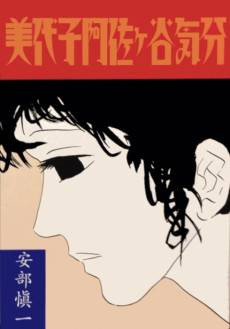





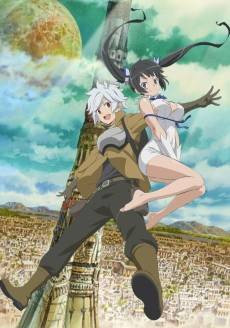

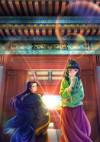

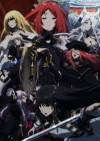
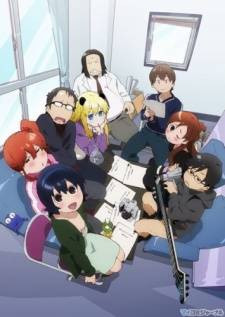
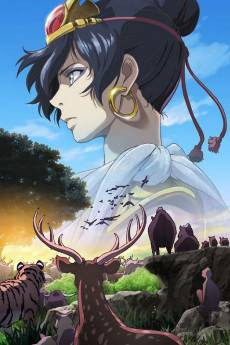

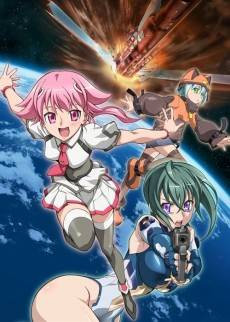
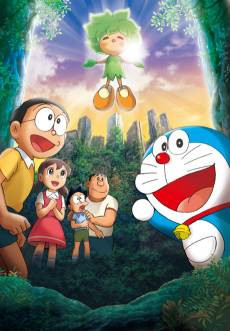
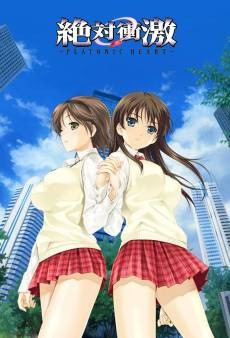

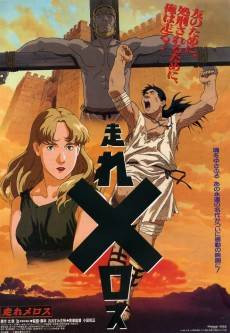
Comments